Introduction to Car Maintenance
Car maintenance is a crucial aspect of vehicle ownership that directly influences the longevity, performance, and safety of an automobile. Regular upkeep not only helps in preserving the functionality of various components but also plays a significant role in preventing costly repairs down the line. For vehicle owners, understanding the importance of consistent car care is essential for ensuring a smooth driving experience.
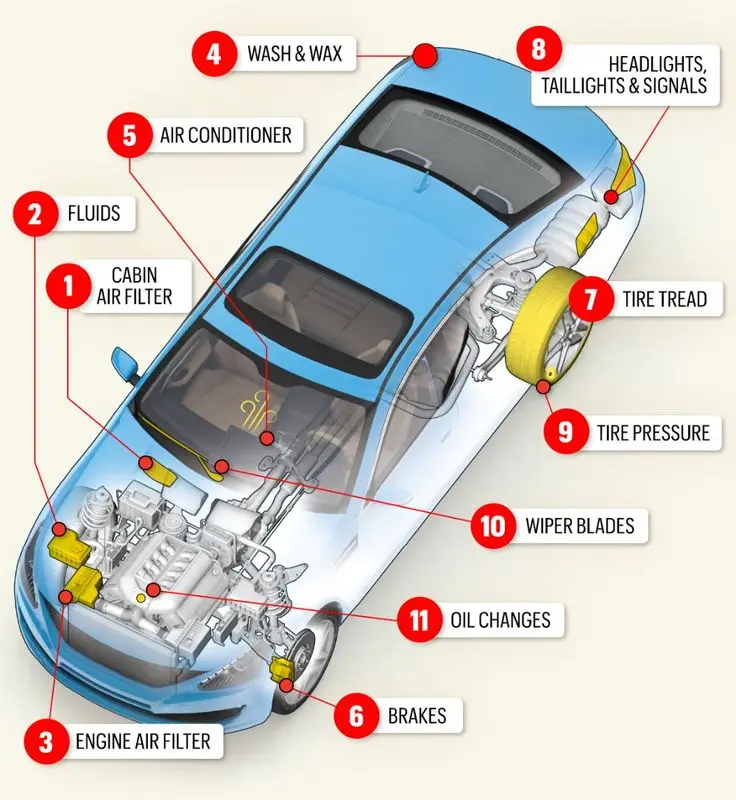
One of the primary objectives of maintaining a vehicle is to enhance its lifespan. Routine inspections and timely servicing can identify potential issues before they escalate into major problems. Neglecting routine maintenance can lead to a decline in performance and may even compromise safety on the road. By adhering to a structured vehicle upkeep regimen, car owners can address minor concerns quickly, ensuring their vehicles operate at peak efficiency.
Additionally, regular car maintenance contributes to improved fuel efficiency. Well-maintained vehicles consume less fuel, which not only saves money but also has positive implications for the environment. From checking tire pressure to changing oil regularly, there are numerous tasks that can enhance the vehicle’s efficiency. Furthermore, maintaining documentation of service history can increase the resale value of the vehicle, an often-overlooked benefit of diligent car care.
In this blog post, we will delve into the top ten car maintenance tips that every vehicle owner should follow. These tips will serve as a practical guide for ensuring that a vehicle remains reliable and safe on the road. By committing to a consistent maintenance schedule, car owners can enjoy peace of mind, knowing they are taking the necessary steps to protect their investment. The following sections will explore each tip in detail, providing valuable insights into how to keep your car running like new.
Regular Oil Changes
Regular oil changes are an essential aspect of car maintenance that significantly contributes to the longevity and performance of a vehicle. Engine oil lubricates the moving parts of an engine, reducing friction and preventing overheating. Over time, however, oil loses its effectiveness due to contaminants and breakdown from heat. Therefore, adhering to a proper vehicle upkeep schedule entails changing the oil at regular intervals.

It is generally recommended to change the oil every 5,000 to 7,500 miles, but the specifics can vary based on the vehicle’s make and model. Synthetic oils, although more expensive, can oftentimes extend this interval, sometimes reaching up to 15,000 miles. It is vital to consult the owner’s manual for the manufacturer’s recommendations on the type of oil to use and the frequency of oil changes. This can help ensure optimal engine performance and reduce wear and tear.
Neglecting oil changes can lead to a range of issues, including engine sludge buildup, decreased performance, and ultimately, engine failure. Indicators that it is time for an oil change may include unusual engine noises, a decrease in fuel efficiency, or the oil change light illuminating on the dashboard. Checking oil levels regularly is also advisable. This can be done by locating the dipstick in your engine, cleaning it, reinserting it back, and then pulling it out to see the oil level. If the oil is dark and dirty or low on the dipstick, it is time to change the oil.
In conclusion, prioritizing regular oil changes is an uncomplicated yet crucial part of car care that can lead to improved engine performance and avoiding costly repairs down the line.
Check and Maintain Tire Health
Tire health is a critical aspect of overall vehicle upkeep that directly affects performance, safety, and fuel efficiency. Regularly checking tire pressure is essential, as under-inflated or over-inflated tires can lead to premature wear and compromised handling. It is advisable to check tire pressure at least once a month and before long trips, ideally when the tires are cold. The recommended pressure, which can usually be found on a label inside the driver’s side door or in the owner’s manual, should be adhered to for optimal vehicle performance.
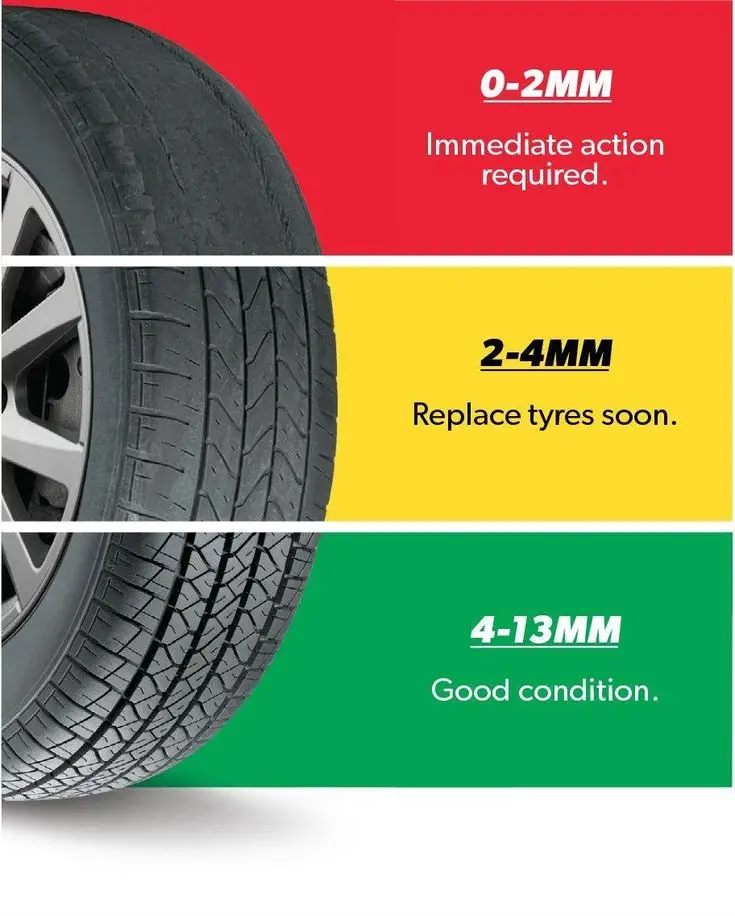
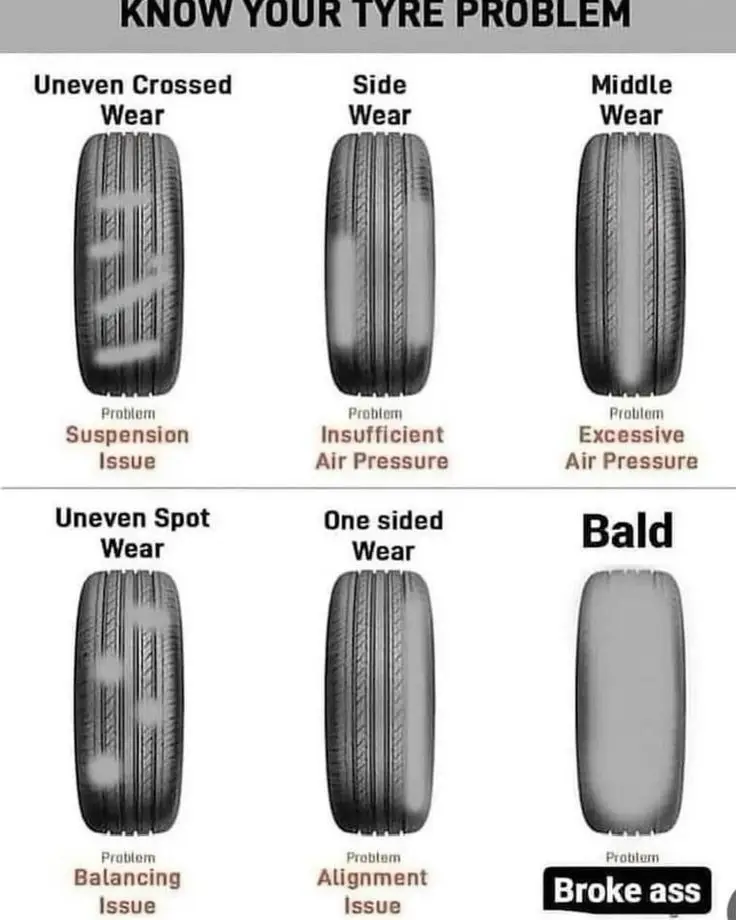
In addition to monitoring pressure, rotating tires is an essential part of car care. This practice helps achieve even tread wear, ensuring that each tire remains in good condition for as long as possible. Most experts recommend rotating tires every 5,000 to 8,000 miles, though specific recommendations may vary based on tire type and driving conditions. By following this guideline, vehicle owners can prolong the life of their tires and improve overall safety.
Another important tire maintenance task is inspecting tread depth regularly. Worn-out tires can significantly impair traction, increasing the risk of skidding on wet or slippery surfaces. A simple method to check tread depth is the penny test: insert a penny into the tread grooves with Lincoln’s head facing downward. If you can see the top of his head, the tires may need replacing. Generally, tires should be replaced when the tread depth falls below 2/32 of an inch.
By maintaining optimal tire health through regular pressure checks, rotations, and tread inspections, vehicle owners can greatly enhance both safety and performance. This diligence in car maintenance not only ensures a smoother drive but also maximizes fuel efficiency and minimizes the risk of roadside emergencies.
Brake Inspection and Upkeep
Maintaining your vehicle’s braking system is crucial for ensuring safety on the road. Over time, brake components can wear down, leading to decreased performance and potential hazards. Recognizing the signs of brake wear is essential. For instance, if you hear any squeaking or grinding noises when applying the brakes, it is a clear indication that your brake pads may need replacing. These sounds typically occur when the pads have worn down, and metal is grinding against metal, which can not only compromise safety but can also lead to more costly repairs if not addressed promptly.

Regular brake inspections are vital in vehicle upkeep. It is generally recommended to have your brakes checked at least once a year or more frequently if you notice any troubling symptoms. During these inspections, a qualified mechanic will evaluate various components, including the brake pads, rotors, and fluid levels. Additionally, the brake fluid should be changed according to the manufacturer’s guidelines or when it shows signs of contamination, which usually occurs over time.
Replacing brake pads before they reach the end of their lifespan can prevent significant damage to the brake system and enhance overall car care. Additionally, the condition of rotors must be monitored, as they can warp or wear out as the pads are replaced. In many cases, it is wise to change both at the same time to maintain consistent performance. Ensuring your braking system is fully operational is not just about car maintenance; it forms the backbone of vehicle safety. Proper upkeep of brakes minimizes the risk of accidents and contributes to an enjoyable driving experience. Regular assessments will help keep your vehicle’s braking system in prime condition, reinforcing the importance of proactive attention to this crucial aspect of car care.
Fluid Levels and Flushes
Proper car maintenance relies heavily on monitoring and maintaining the fluid levels within the vehicle. Several fluids are essential to the safe and efficient operation of a car, and ensuring they are at the correct levels is a critical aspect of vehicle upkeep. Key fluids to monitor include coolant, transmission fluid, brake fluid, and power steering fluid.
Checking coolant levels is vital, as coolant prevents the engine from overheating. To check this fluid, locate the coolant reservoir, typically marked with a high and low line. If the level is below the low line, it may indicate a leak or the need for a flush. Flushing the coolant system every two to three years helps remove debris and contaminants, ensuring optimal engine performance.
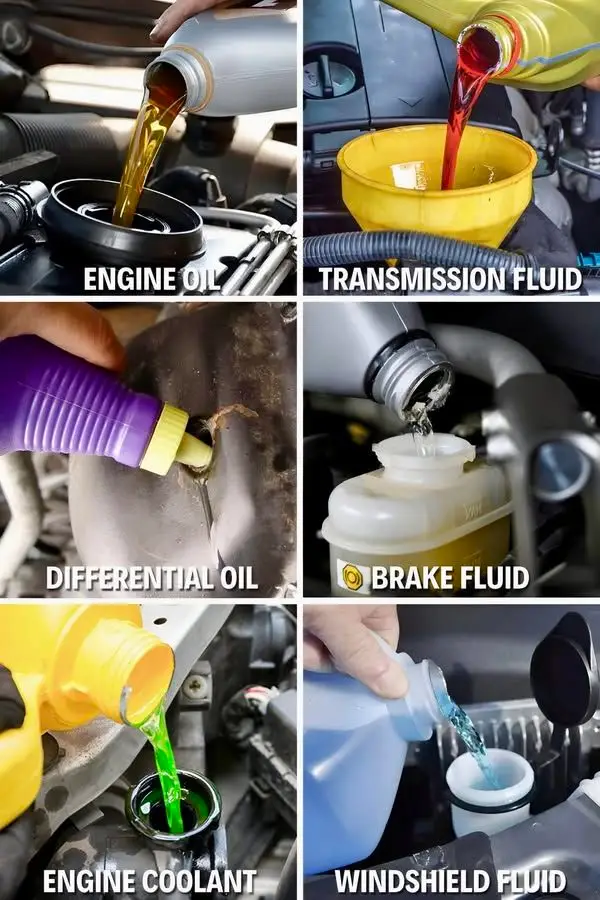
Transmission fluid is similarly crucial for vehicle performance. It lubricates gears and ensures smooth shifting. To check this fluid, locate the dipstick, usually marked in bright colors. If the fluid appears dark or has a burnt smell, it is essential to flush it and replace it with new fluid to avoid serious transmission issues.
Brake fluid is perhaps one of the most critical fluids in terms of safety. Regular inspection is necessary, and a low level may indicate a leak or worn brake pads. Brake fluid should be flushed and replaced every two years to maintain the optimal function of the braking system.
Power steering fluid ensures that the steering system operates smoothly. To check this fluid, locate the reservoir and check the level against the markings. A need for a flush may become evident if the fluid appears murky or if air bubbles are visible. Maintaining all these crucial fluids is important for overall car care and longevity, preventing costly repairs and promoting a safer driving experience.
Battery Care and Maintenance
Proper battery care and maintenance is essential for ensuring the longevity and reliability of your vehicle’s power source. A well-maintained battery can significantly impact your car’s overall performance. One crucial step in battery maintenance is testing the battery life. Most automotive stores offer battery testing services at little or no cost. Alternatively, you can use a multimeter to check the voltage, with a healthy battery typically reading around 12.6 volts when the vehicle is off.

Another vital aspect of battery upkeep involves regularly cleaning the battery terminals. Corrosion can build up on the terminals over time, leading to poor connectivity and, ultimately, battery failure. To clean the terminals, make sure the vehicle is off, and then disconnect the battery cables. Use a mixture of baking soda and water to scrub away any corrosion and a wire brush for stubborn buildup. After cleaning, reconnect the terminals, ensuring they are tight to prevent vibration-induced loosening.
Recognizing the signs of a failing battery is equally important in car care. Symptoms may include difficulty starting the engine, dimming headlights, or a battery warning light on the dashboard. If you notice these signs, it might be time for a replacement. On average, car batteries last between three to five years, and environmental factors, such as extreme temperatures, can affect battery lifespan. To prolong battery life, consider parking your vehicle in a garage during harsh weather conditions and using a battery maintainer if the car is not driven frequently.
By incorporating these battery maintenance tips, you can help ensure your vehicle remains reliable and fully operational, ultimately enhancing the overall experience of car ownership.
Air Filter Replacement
The air filter plays a crucial role in vehicle upkeep by ensuring that clean air reaches the engine. A clean air filter enhances engine performance and contributes to fuel efficiency. Over time, however, air filters can become clogged with dirt and debris, leading to restricted airflow. This can cause the engine to work harder than necessary, affecting both performance and fuel economy. Therefore, regular inspection and replacement of the air filter should be part of your car maintenance routine.
Typically, it is advisable to check the air filter every 12,000 to 15,000 miles, although this may vary based on driving conditions. For example, if you frequently drive in dusty environments or heavy traffic, more frequent inspections may be warranted. To inspect the air filter, locate the filter housing under the hood. Remove the cover and gently pull out the filter. Inspect it for signs of dirt and damage. A clean filter will appear white or light yellow, while a dirty filter may look gray or brown. If the filter is exceptionally dirty or shows signs of wear, it should be replaced promptly.
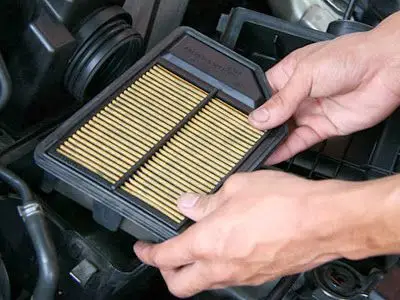

When it comes to replacing the air filter, ensure you select a high-quality replacement compatible with your vehicle’s specifications. Installation is typically straightforward; simply follow the reverse process of removal. Be sure to secure the housing properly to prevent any air leaks that could affect engine performance. Regular air filter maintenance not only contributes to better car care but also promotes a longer lifespan for your vehicle. By implementing these practices, you can maintain optimal engine health and improve fuel efficiency, allowing your vehicle to run like new.
Understanding and Addressing Warning Lights
Dashboard warning lights serve as crucial indicators of a vehicle’s condition and should never be overlooked. These lights are designed to alert drivers to potential issues that could affect their vehicle’s performance and safety. Common warning lights include the check engine light, oil pressure warning, battery alert, and tire pressure monitoring. Each light carries a specific meaning that can help in the early detection of problems, which is essential for optimal car maintenance.
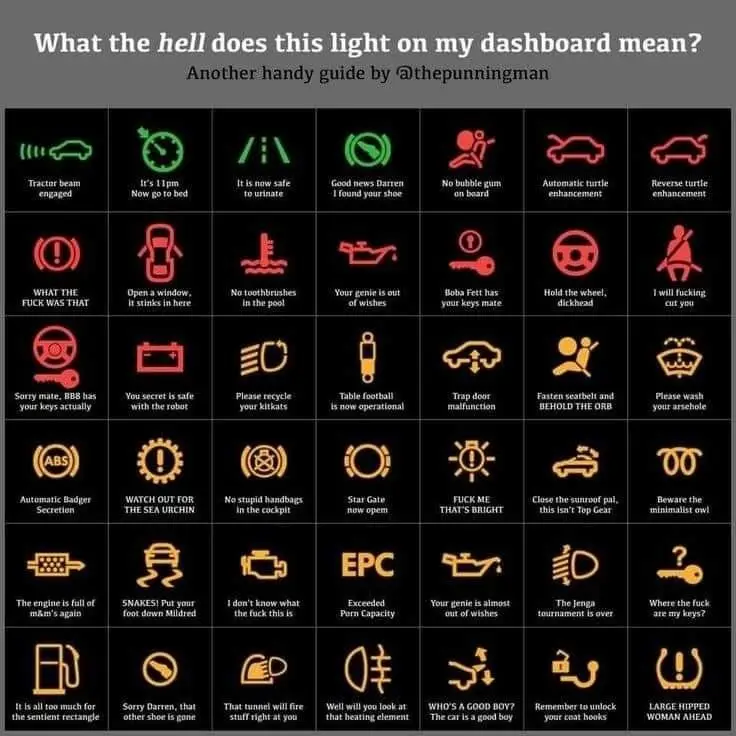
For instance, the check engine light can indicate a variety of issues, from minor problems like a loose gas cap to more serious concerns like engine misfires. If this light illuminates, it is advisable to consult a professional mechanic to diagnose the issue. Similarly, the oil pressure warning light indicates that the oil path is blocked or that there is an oil leak, necessitating immediate attention to prevent serious engine damage. Ignoring such signals can lead to costly repairs that could have been avoided through timely vehicle upkeep.
The battery alert indicates potential issues with the vehicle’s charging system, such as a failing alternator or a weak battery. Addressing this promptly can prevent complete electrical failure while driving. Additionally, if the tire pressure monitoring light activates, it is critical to check tire pressure for safety reasons, as driving on under-inflated tires can lead to increased wear or blowouts.
It is imperative to heed these warnings and take appropriate action. Regular car care should incorporate checks for these warning lights instead of dismissing them. Ignoring warning lights diminishes not only the longevity of the vehicle but also the safety of its occupants. Seeking professional assistance at the first sign of trouble will ensure that your vehicle remains in excellent condition and operates efficiently.
Conclusion: Proactive Maintenance Equals Longevity
Maintaining a vehicle is not merely an obligation; it is an essential practice that contributes significantly to the longevity and efficiency of your car. The importance of proactive car maintenance cannot be overstated, as regular vehicle upkeep and care can prevent small issues from escalating into costly repairs. By adhering to a consistent maintenance routine, drivers can ensure their vehicles continue to operate at peak performance.

One of the key takeaways from the previous sections is that different aspects of car care, such as checking oil levels, monitoring tire health, and replacing filters, play a crucial role in the vehicle’s overall functionality. These routines should become part of your regular schedule, as neglecting them may lead to deteriorating performance and, ultimately, more significant mechanical issues. A well-maintained vehicle not only runs more efficiently but also provides a safer driving experience.
Moreover, seeking professional help when needed is imperative. While some maintenance tasks can be performed independently, others require the expertise of trained technicians. Having a reliable mechanic or service center can provide peace of mind and ensure that all maintenance is performed according to recommended guidelines, thereby preserving the vehicle’s functionality and extending its lifespan.
In conclusion, adopting a proactive approach to car maintenance is vital for all vehicle owners. By taking the time to implement these practices, you can help ensure your vehicle remains in excellent condition for years to come. A commitment to car care will not only save money in the long run through avoided repairs but will also enhance your driving experience, making it both pleasant and safe.



